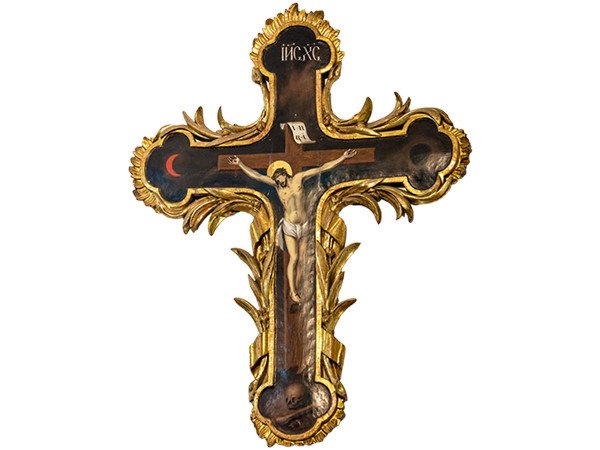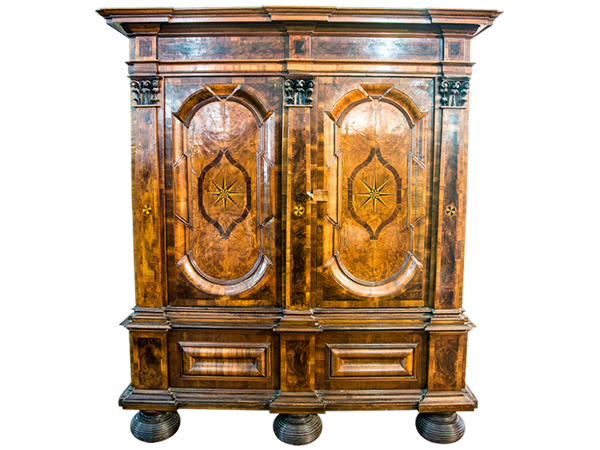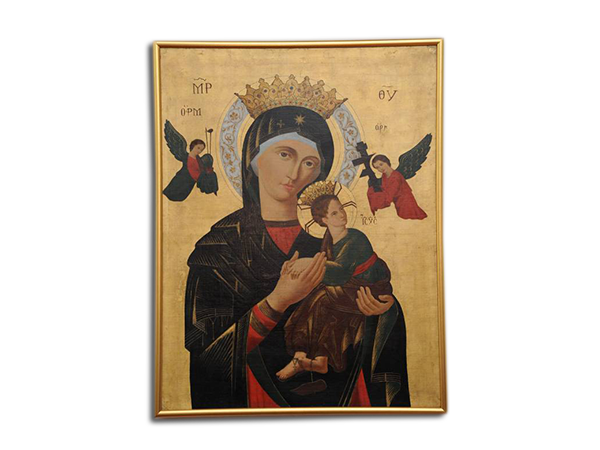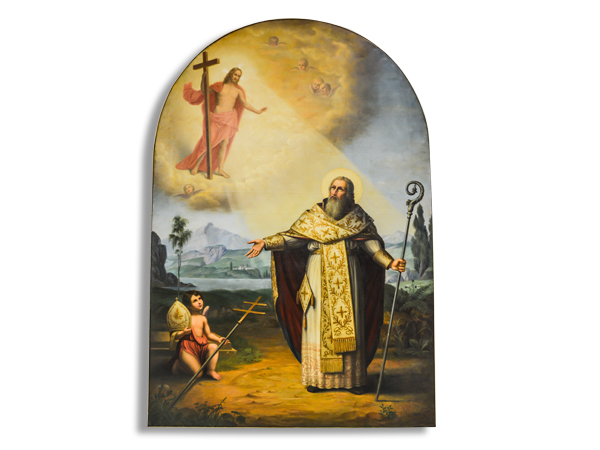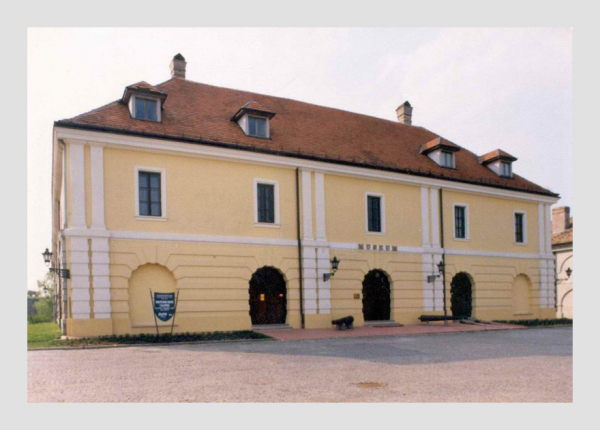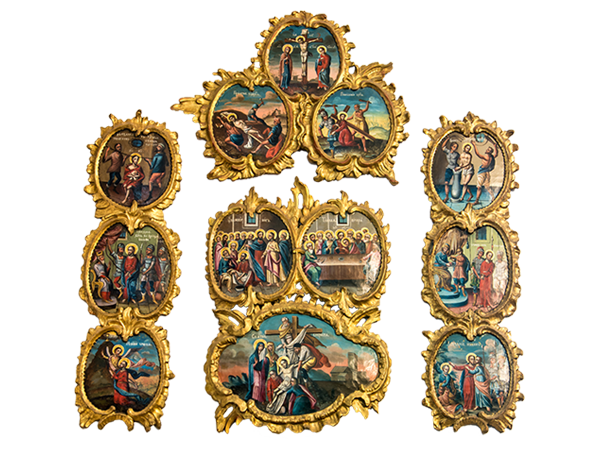
The City Museum of Novi Sad
City Museum of Novi Sad is a museum of complex type dedicated to collecting, preservation, presentation and interpretation of multilayer and multinational cultural heritage of the area of Novi Sad and the areas that gravitate to it.
Respecting the principles modern museological practice and following modern scientific tendencies, experts of the City Museum of Novi Sad have been creating safe conditions for protection of cultural artefacts, whose presentation, as a kind of media, enable an objective interpretation of the facts.
Reflecting the principles of modern museum practice and following modern tendencies of scientific experts of the Museum of the City of Novi Sad creating safe conditions of cultural artifacts, whose presentation , as a kind of media, enable an objective interpretation of the facts .
Reflecting the principles of modern museum practice and following modern tendencies of scientific experts of the Museum of the City of Novi Sad creating safe conditions of cultural artifacts, whose presentation , as a kind of media, enable an objective interpretation of the facts .
In accordance with its social responsibility the City Museum of Novi Sad creates and realizes its programs with the intention to allow widest audience to perceive the segments of the cultural and historical heritage and to create individual knowledge about it.
Following this approach, the City Museum of Novi Sad becomes the meeting point of different ideas, a place of intercultural dialogue and the most diverse cultural experiences.
For more than 50 years of existence the City Museum of Novi Sad has collected and conserved over 60 thousand items that represent material evidences of the life of its earliest inhabitants, the turbulent historical events, the economic and social development of the city, the culture of habitation, the aesthetic principles and artistic expressions of the population of Novi Sad .
Part of the items from the rich museum collection is presented to public within permanent exibitions in the main building and annexes, as well as through the organization of thematic exhibitions. Besides exhibition activities, the Museum organizes other types of events, such as festival of documentary and scientific films, book promotions, creative workshops for the youngest citizens, etc., with the aim of enriching the cultural offer of the City of Novi Sad.

